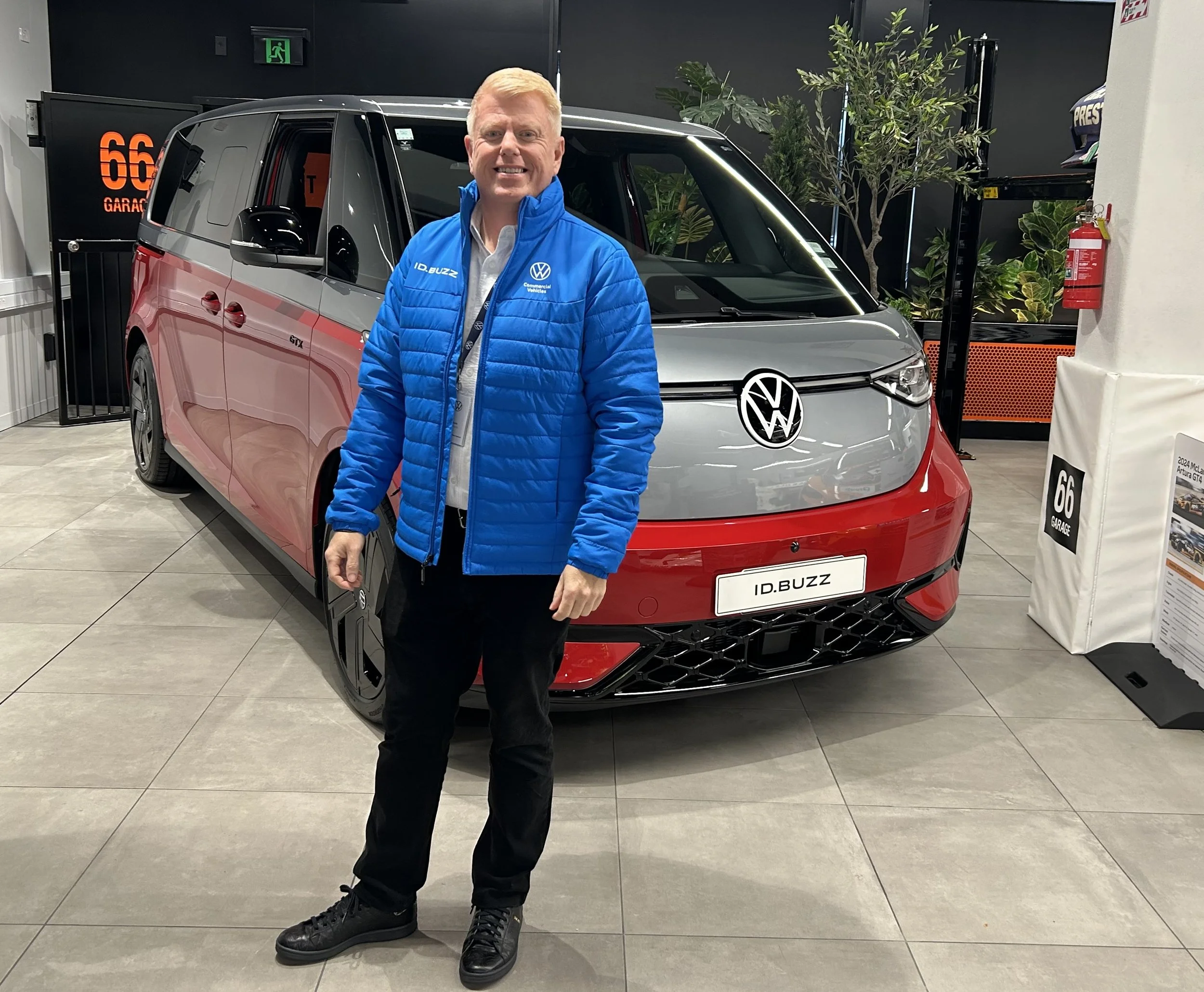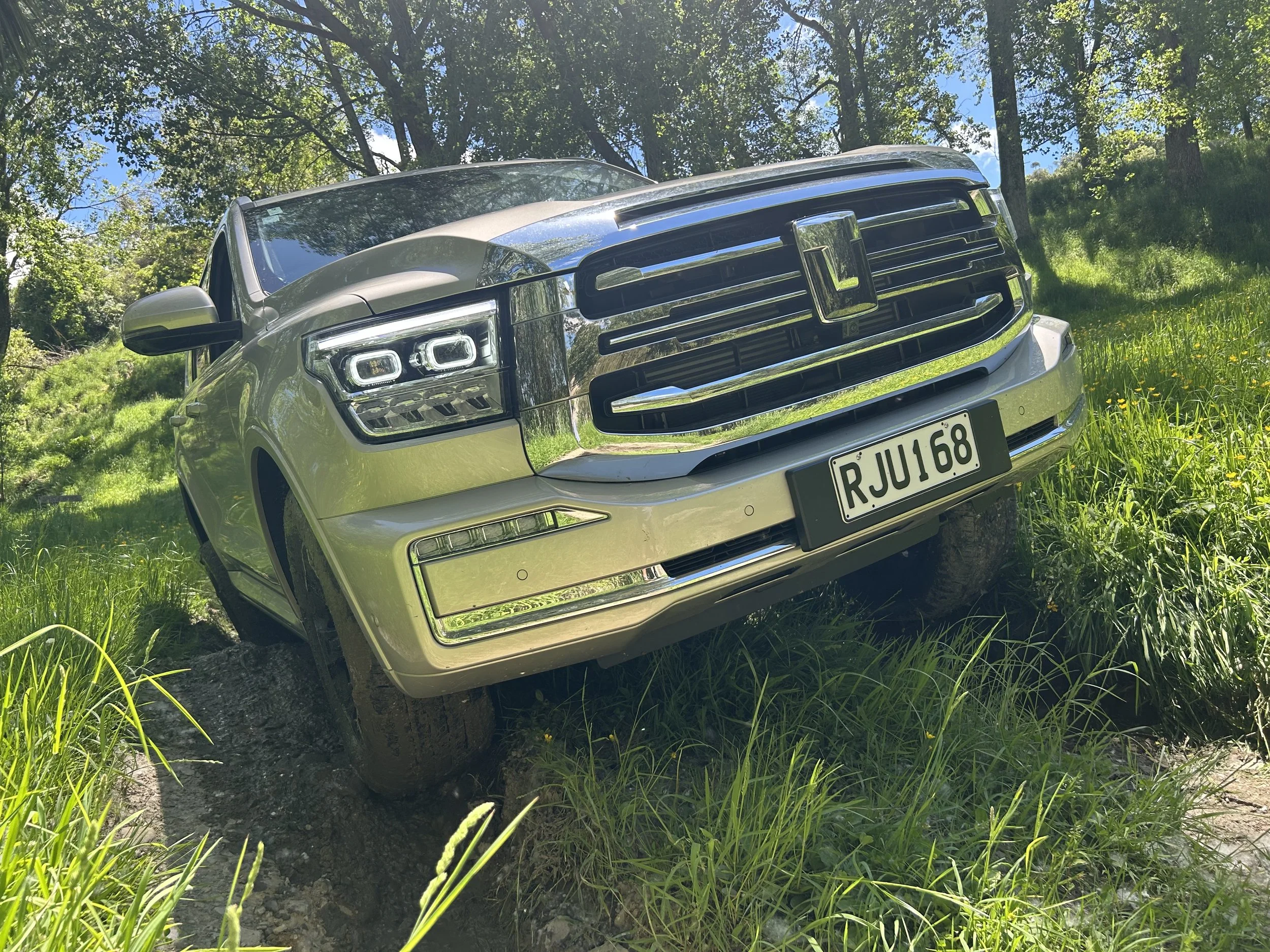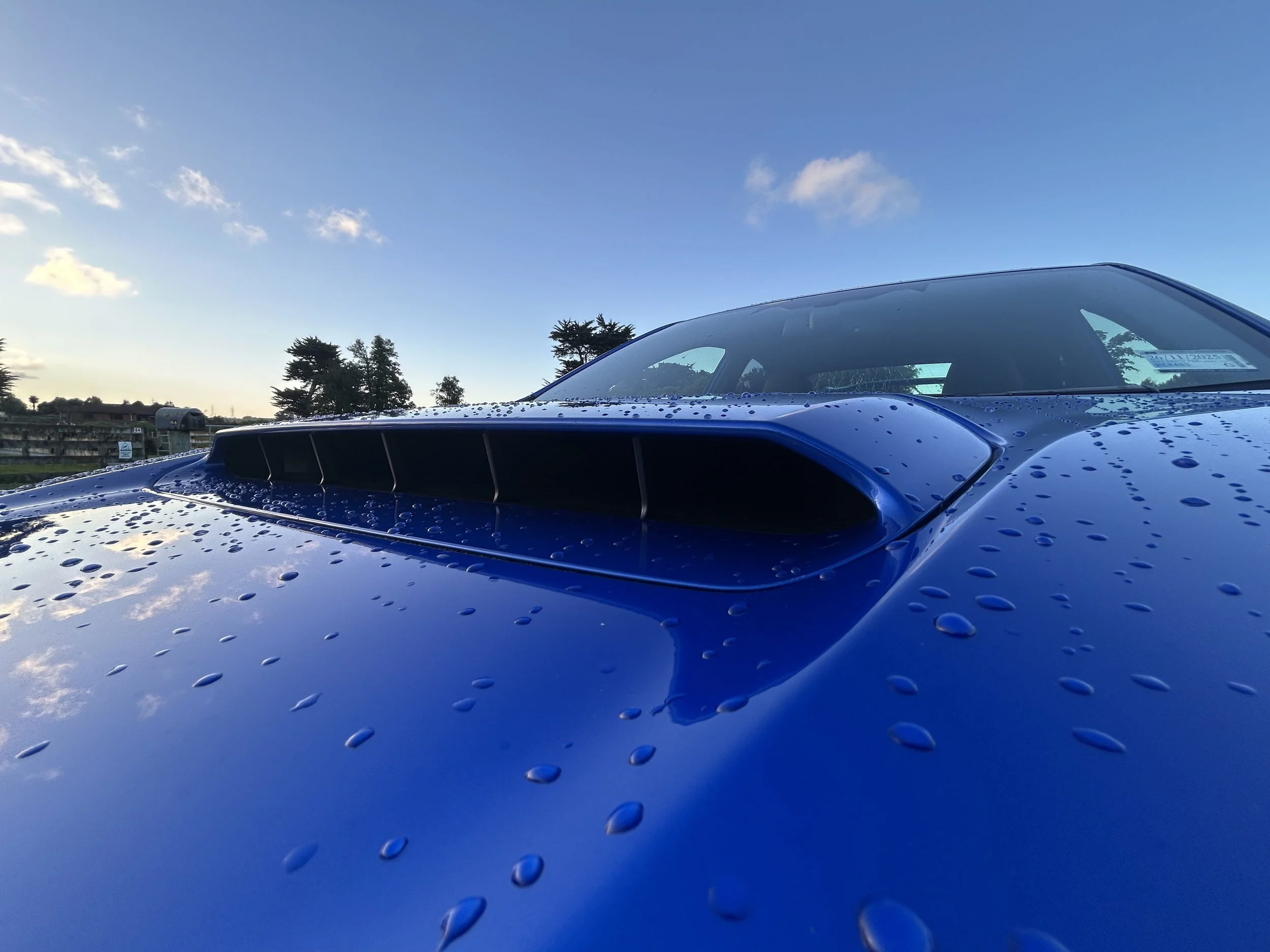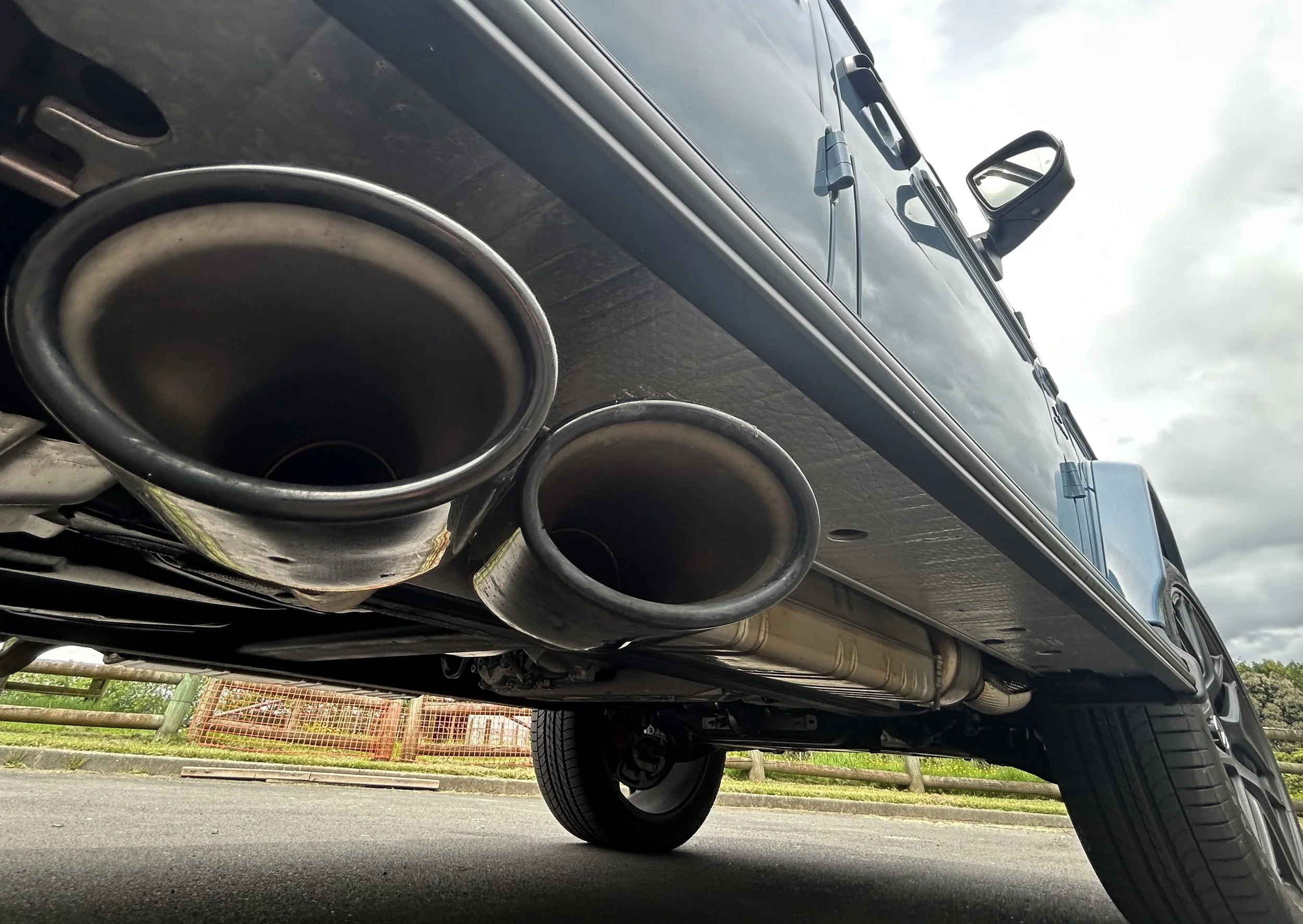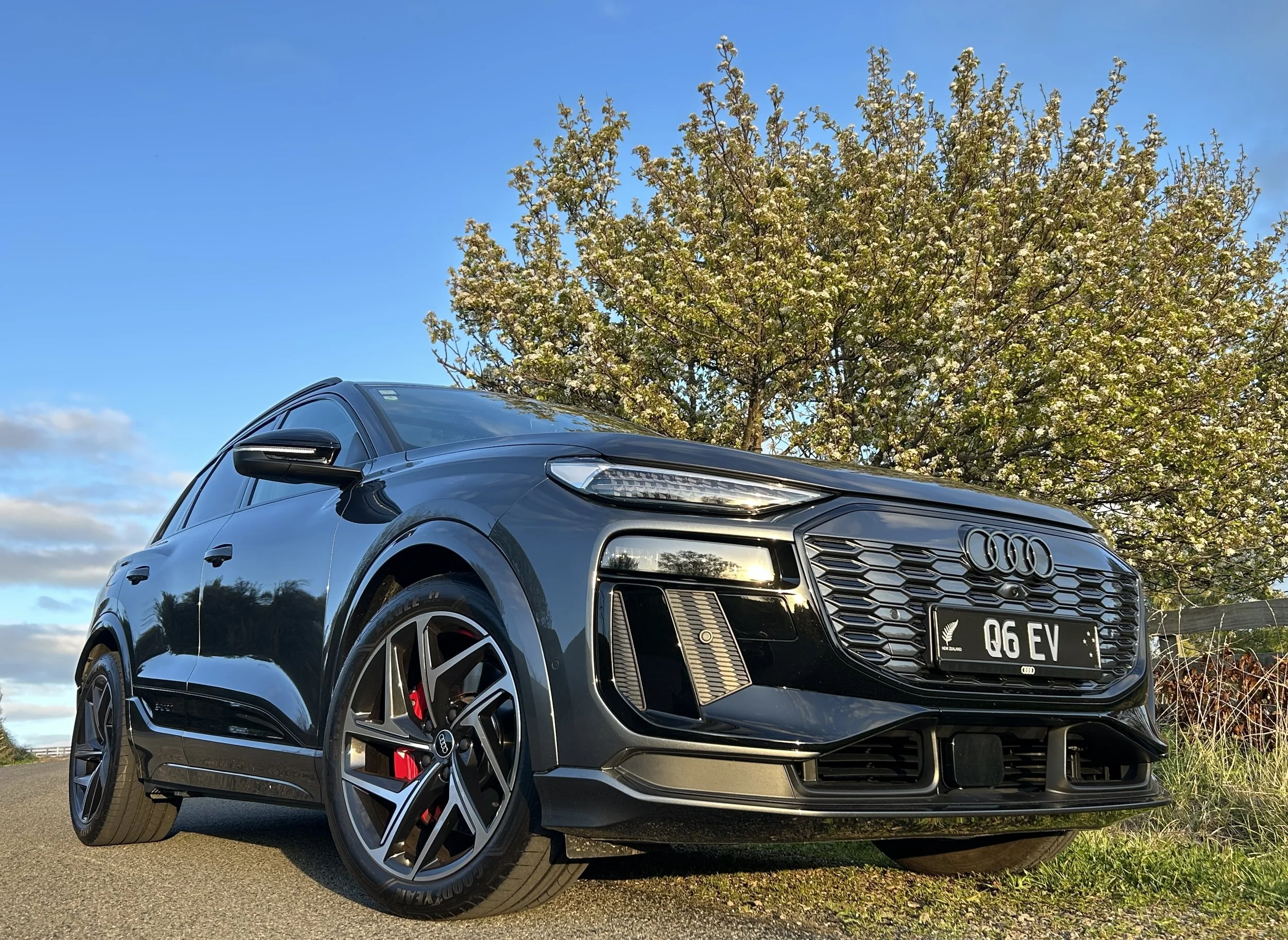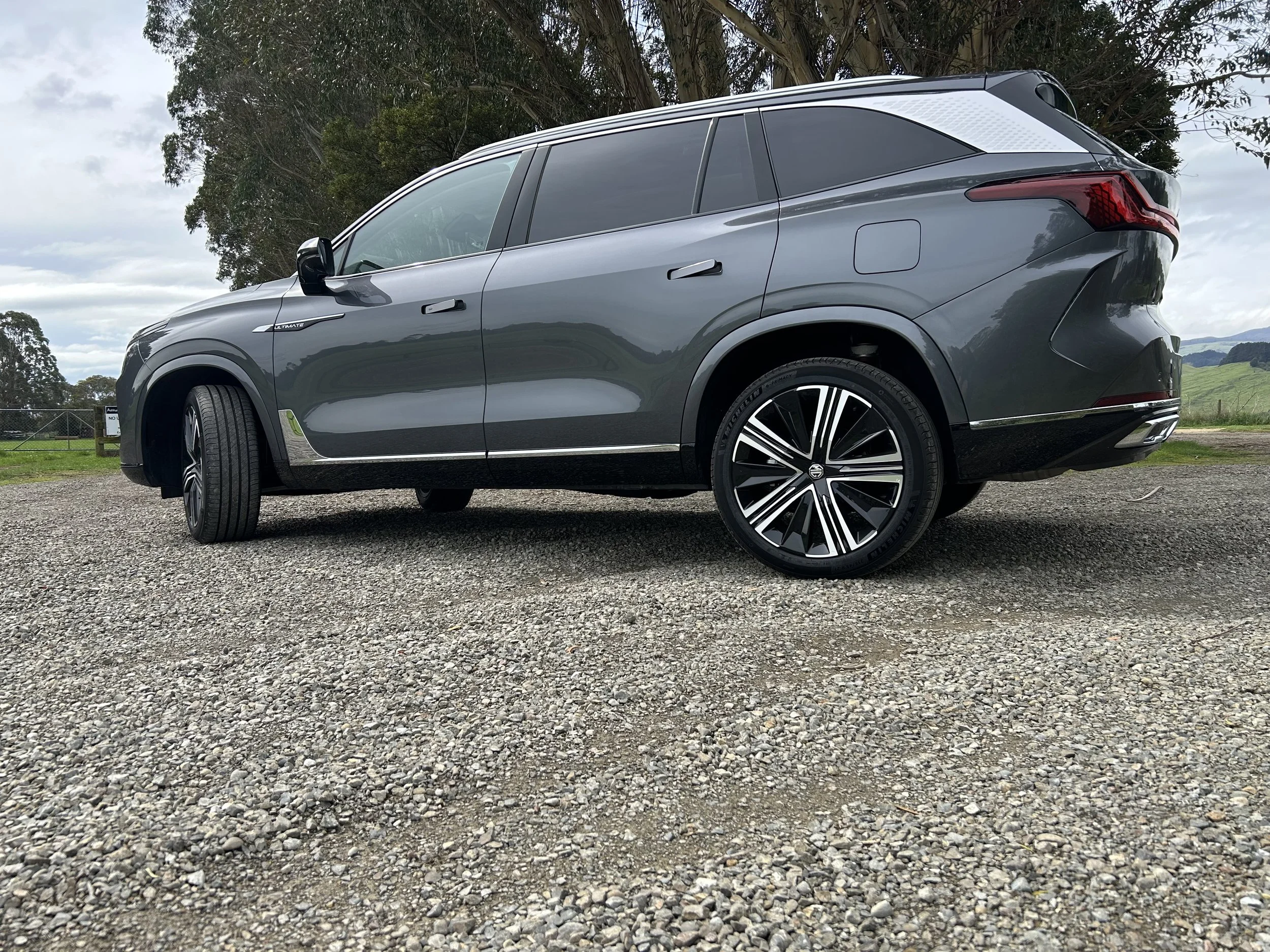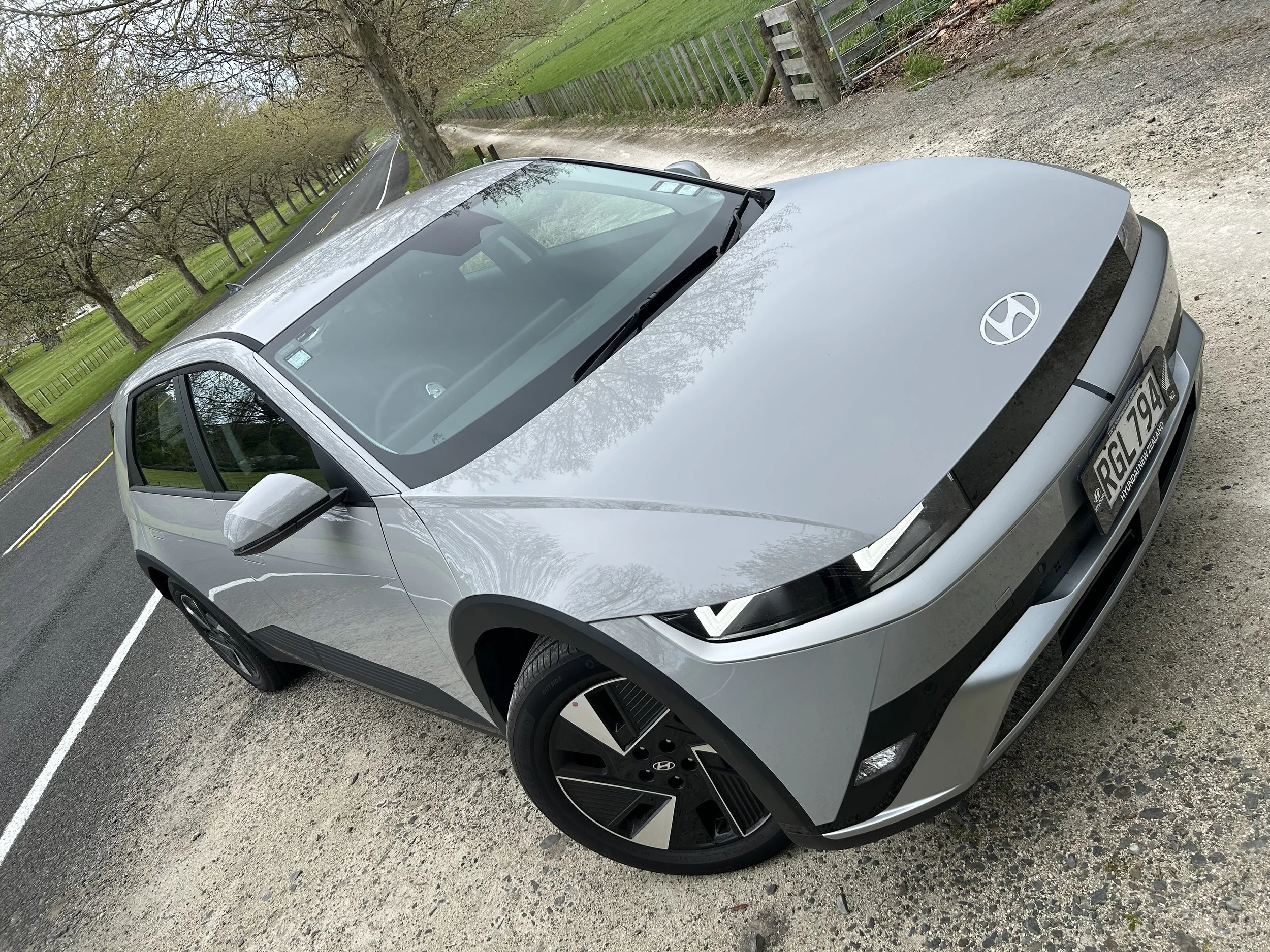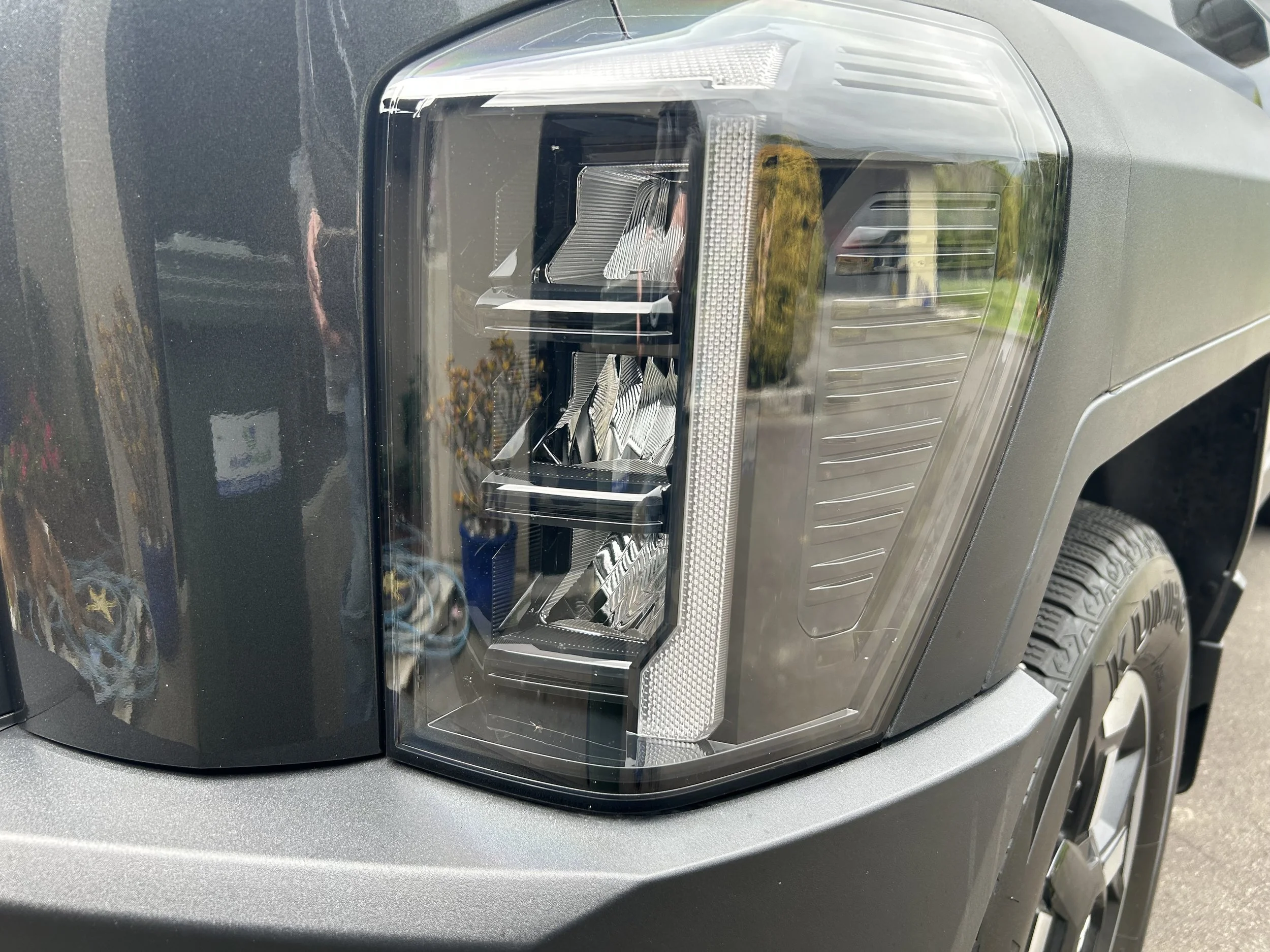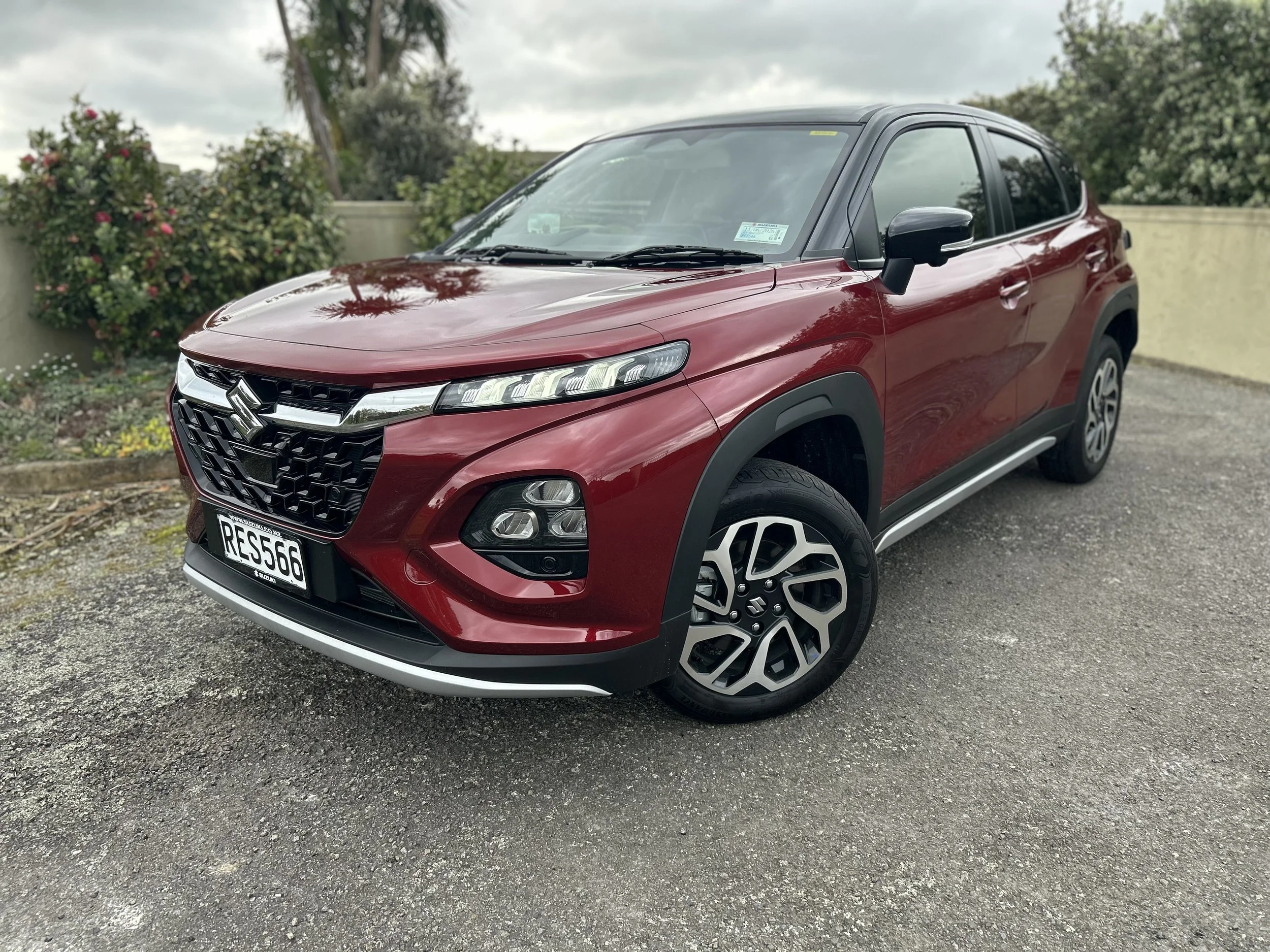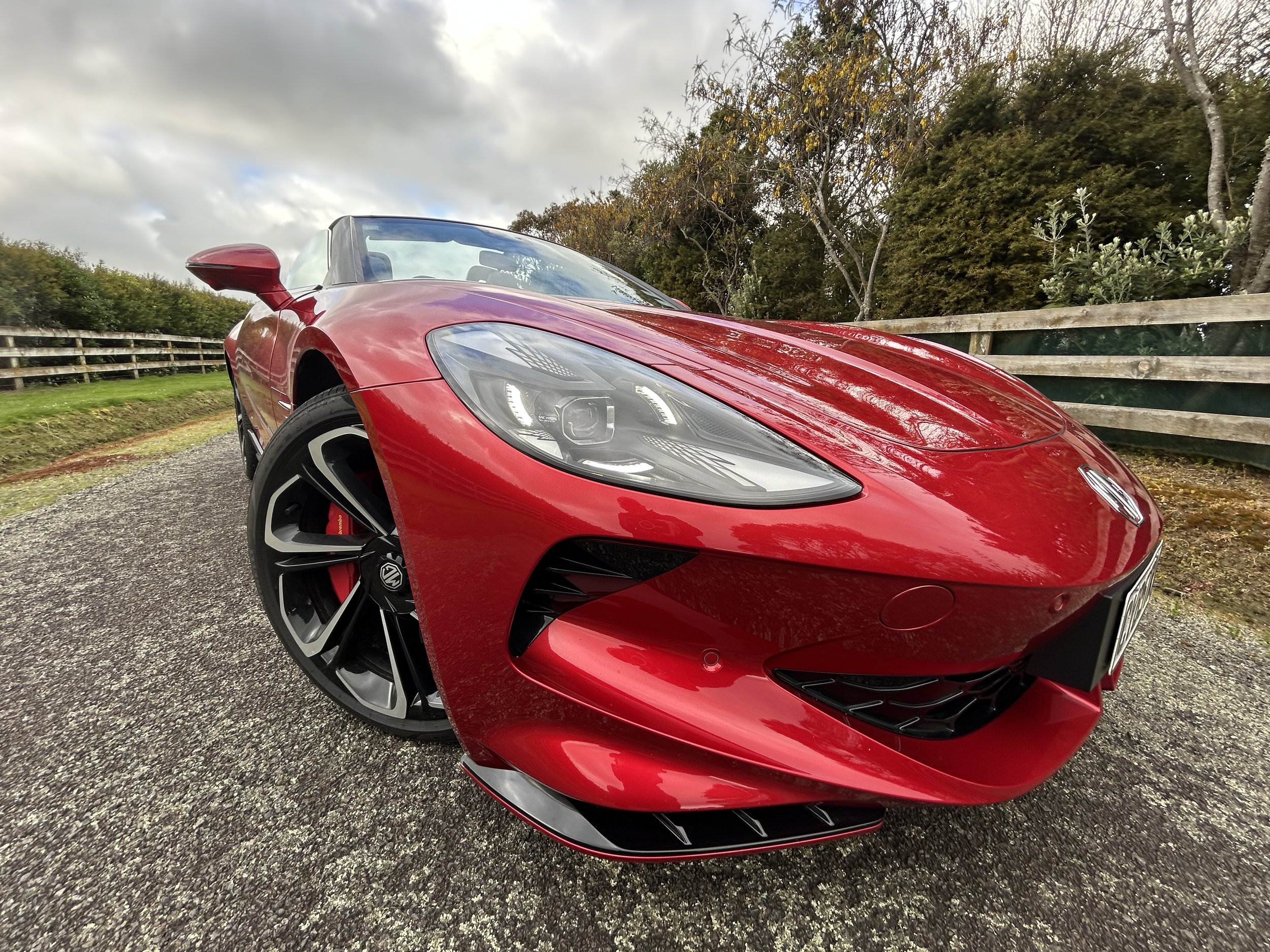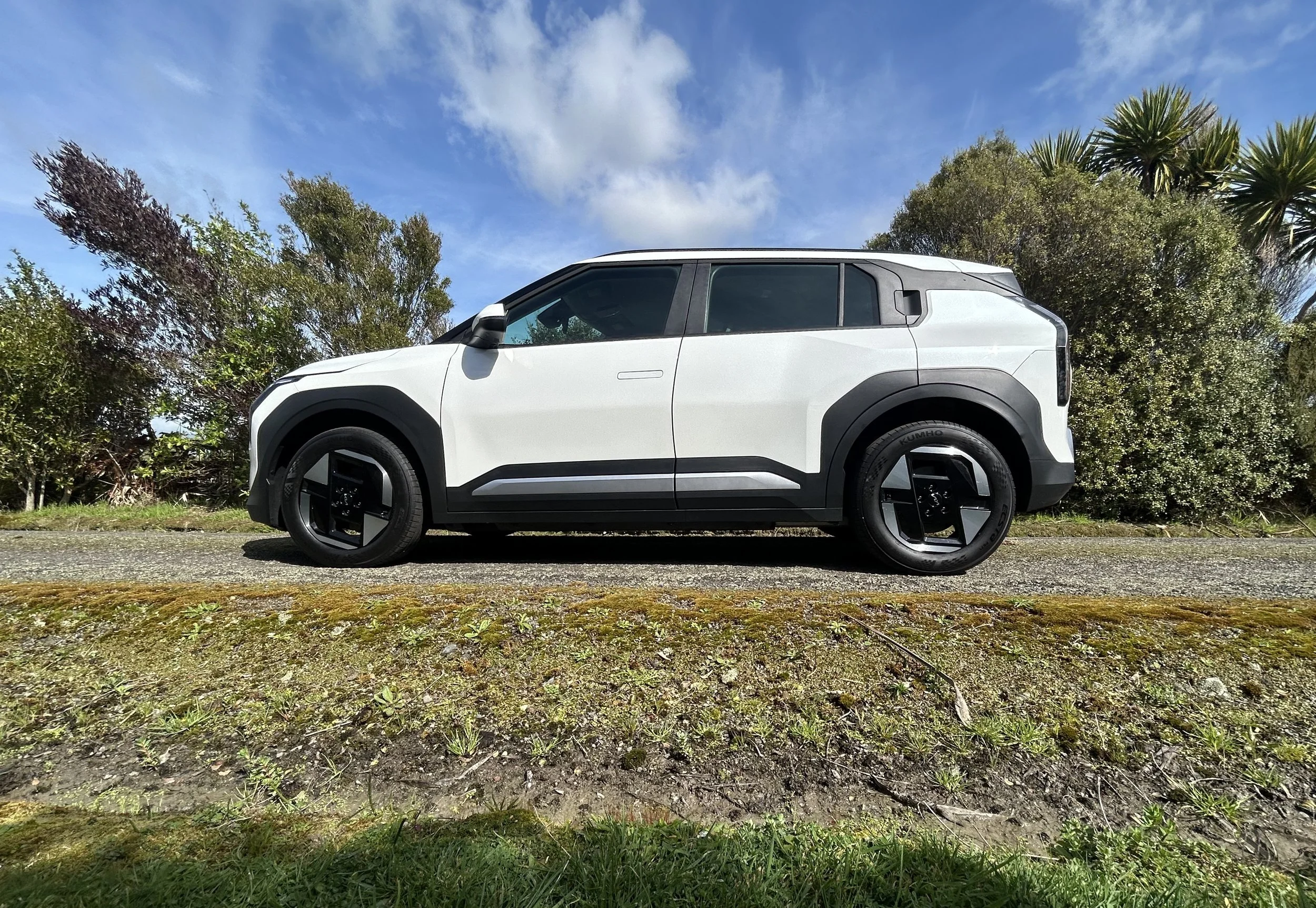Self-driving possible for NZ-landed Buzz
/The automated driving edition of VW’s new electric might be light years away from our market, but it promises much.
PURPOSELY developed to be the most personable of Volkswagen’s electric cars, the ID.Buzz has now reached point where it can drive without direct human involvement.
News of the self-driving development has by happenstance coincided with the Buzz’s much delayed introduction to New Zealand.
Had release planning gone as VW New Zealand had hoped, the modern interpretation of the much-beloved Kombi would have been in circulation here almost three years ago.
But that intent was scuppered more than once and, in the end, the distributor also determined to await a facelift, a decision which also pinned back release timing by almost a year.
While Kiwis will spend upcoming months getting hands on with the Buzz in a five model family - from a $114,900 single motor commercial and topping out with the $149,990 GTX dual motor lending sense of hot hatch zip to a family-minded configuration - residents of the German city of Hamburg can experience it in totally hands-off mode.
The fully automated ride share experience with what’s being called the ID.Buzz AD - for automated driving - has been engineered by VW's 'MOIA' autonomous driving subsidiary.
How exciting? To Volkswagen New Zealand Commercials boss Kevin Richards (below), it’s a promising development, though obviously not one new Zealanders can bet on seeing without legislative change.
If and when that path clears, he would hope VW would be there.
“This technology is an important step forward,” he said during yesterday’s media event for the Buzz.
“I think we (Volkswagen Group) need to be involved in that space.
“I don't see it being in New Zealand anytime soon, but certainly for the United States and Europe, it has more immediate credibility.
“The (automated driving) car is fundamentally the same car we are launching now and it's a fantastic car.”
MOIA has been testing autonomous ride-hailing cars for the past couple of years and ID. Buzz AD is a big step, being created so that it can be bought and used by ride-hailing and mobility service operators.
Beyond that, the developers conceive fleets of the type being used by state and national public transport operators.
VW has previously said that it doesn't see autonomous service vehicles such as this being as a full replacement for public transport.
But it can see the model running as a support for bigger train, bus and tram networks, covering areas that those services find it harder to reach, and acting as feeder vehicles for the big public transport hubs.
It's not just about the cars. VW and MOIA say they can also provide operators with a complete mobility solution, from the cars to the software that they need to operate them.
“With our fully autonomous complete solution, we are creating a mobility offering that is unique in this form: cities, municipalities and fleet operators can provide autonomous mobility for all simply and reliably,” the brand says.
“Our driverless ID. Buzz shuttles are part of a fully connected 360-degree package made up of leading technology, an attractive vehicle fleet, intelligent fleet management and a customer-centric booking system - all from a single source and quickly scalable to fleet size on the road.
“This positions the Volkswagen Group among the frontrunners in a multi-billion-dollar global growth market.”
Hamburg is defined as the starting point. “Beginning in 2026, we will bring sustainable, autonomous mobility to large-scale deployment in Europe and the US,” says Oliver Blume, Volkswagen Group chief executive.
Working up the Buzz to this state requires pairing a donor to technology company Mobileye's self-driving system, along with a package of MOIA-designed software called the Autonomous Driving Mobility as a Service (AD MaaS) Ecosystem Platform.
The software uses artificial intelligence to manage fleets in real time, assist passengers automatically, ensure safety and integrate seamlessly into existing booking apps.
It also meets key regulatory requirements for SAE Level 4 automated vehicles, such as remote supervision and safe handling of what are called “edge like emergency interventions.”
Those are situations where the software meets something it hasn't been programmed to cope with, and a human driver or a remote human operator can step in to assist.
Atop the roof of the ID. Buzz AD is a chunky box-like structure.; not for luggage but home to a series of high-tech sensors, provided by Mobileye.
Those include 13 cameras, nine LIDAR sensors (which combine lasers with radar to provide a true 3D, depth perception view of what's going on around the car) and five radar units.
VW says that the ID. Buzz AD generates a 'comprehensive, redundant 360-degree view of its surroundings.’
The model is a five-seater - basically akin to the single motor Pro being sold here - but whereas the NZ configuration allows passenger access via electric sliding doors on either side, only the kerb side one works on the AD, to prevent people stepping out into traffic.
The type has bright yellow seatbelts and grab handles, and 'support buttons' which allow passengers to interact with the software's AI, or to contact a human operator if needed.
Up front, there's a luggage rack, and a driver's seat pushed right up against a covered steering wheel, which suggests that, when needed, a human driver can step in and take control.




